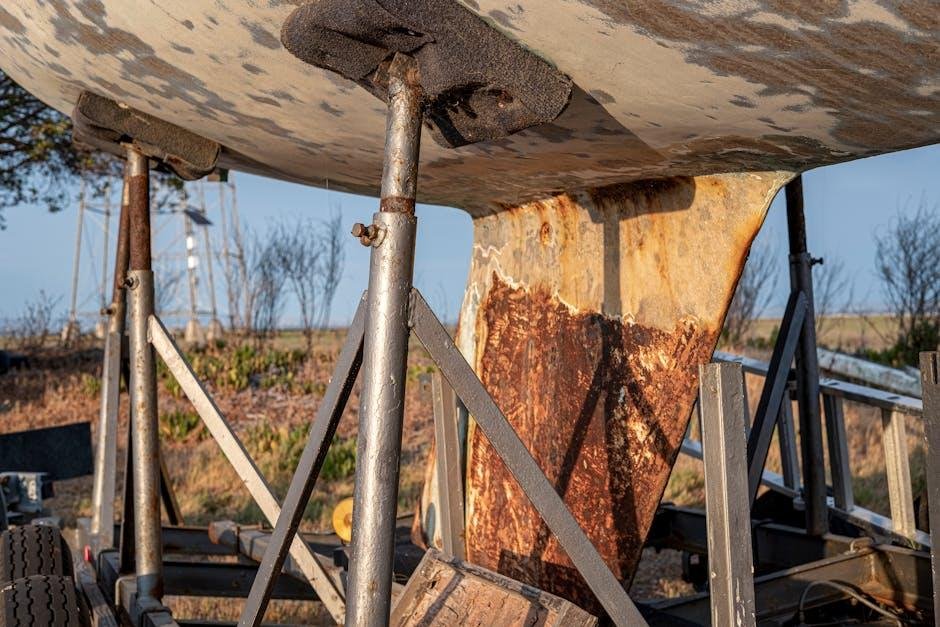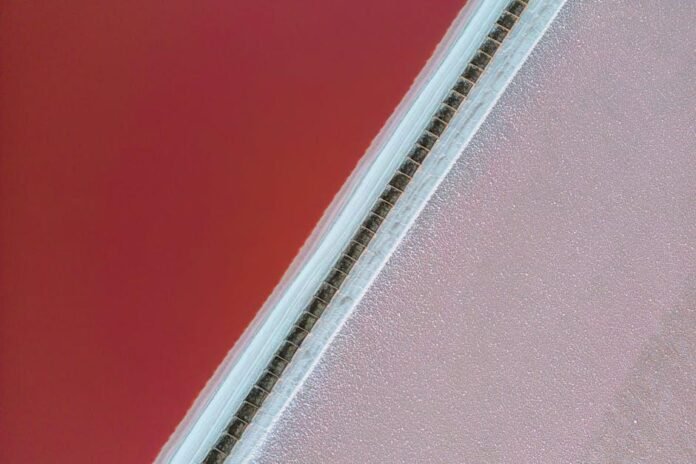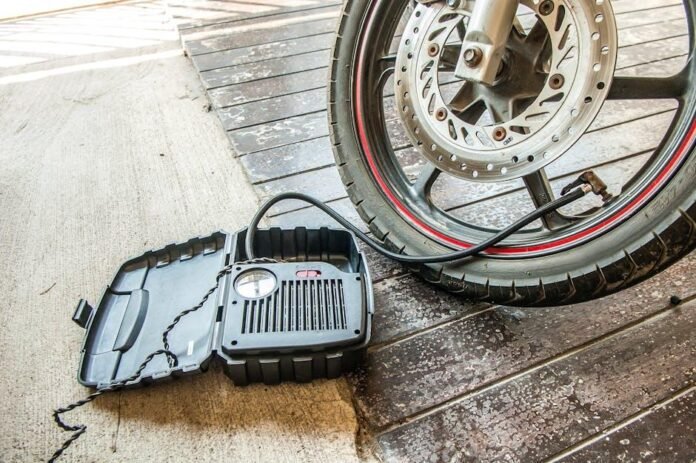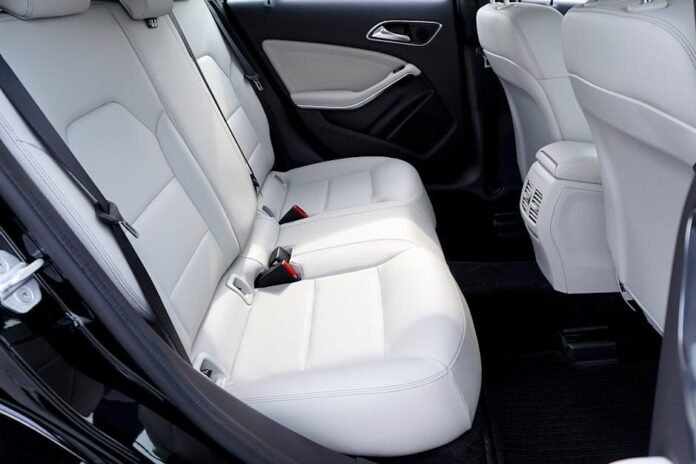Rust Prevention for Cars in Coastal Areas: Safeguarding Your Investment Against the Elements
For car enthusiasts and everyday drivers alike, there’s an unspoken bond between humans and their vehicles—a relationship grounded in trust, reliability, and, of course, a shared journey. But for those residing in coastal areas, that pact faces a formidable adversary: rust. With salty breezes and relentless humidity, the coastal environment poses unique challenges that can silently corrode the metal components of your beloved car, leading to costly repairs and diminished value. In this article, we will delve into effective rust prevention strategies specifically tailored for coastal dwellers, empowering you to protect your vehicle against the relentless march of time and elements. Let’s explore how to keep your car looking pristine and performing optimally, even in the face of nature’s most corrosive forces.
Choosing the Right Protective coatings for Coastal vehicles
When selecting protective coatings for vehicles operating near coastlines, several factors come into play that can help ensure long-lasting protection against corrosive elements like saltwater and humidity. Consider the type of coating that best suits your vehicleS needs; options include paint sealants, undercoatings, and rust inhibitors. Each type has its own advantages depending on vehicle usage and exposure level. As an example,a high-quality ceramic coating can provide excellent resistance to salt and UV degradation,while a durable undercoating can protect vulnerable undercarriage areas from road debris and moisture.
another critical aspect to consider is the submission method. Some coatings are best applied by professionals, ensuring an even and thorough layer, while others may be suitable for DIY applications.Evaluate your own skill level and the complexity of the coating you choose. It’s also essential to check the warranty and performance ratings of the coatings you consider, as this can influence the longevity of protection provided.Here’s a brief comparison to consider:
| Coating Type | Application Method | Durability |
|---|---|---|
| Ceramic Coating | Professional | 5+ years |
| Undercoating | DIY/Professional | 3-5 years |
| Rust Inhibitor | DIY | 1-3 years |

Regular Maintenance Practices to Ward Off Saltwater Corrosion
To effectively shield your vehicle from the relentless effects of saltwater corrosion, regular maintenance practices are essential. begin by frequently washing your car to eliminate any salt residue.Utilize a pressure washer or high-pressure nozzle to clean hard-to-reach areas, such as wheel wells and undercarriages, where salt tends to accumulate. In addition to washing,it is advisable to apply a protective wax or sealant once every few months to create a barrier against moisture and salt.
Moreover, inspect your vehicle’s underbody for any signs of rust or deterioration regularly. Addressing minor issues proactively can save you from more meaningful repairs down the line. Incorporate the following practices into your maintenance routine:
- Regular inspections: Check for chipped paint or exposed metal.
- Rust treatment: Apply rust inhibitors to vulnerable areas.
- Protective coatings: Consider using a ceramic coating for added defense.
- Storage solutions: Whenever possible, park in a garage or covered area to minimize exposure.

understanding the Importance of Underbody Washes in Humid Climates
In humid climates, vehicles are notably susceptible to moisture accumulation, which can lead to the formation of rust on vital parts of the car. Regular underbody washes are crucial as they effectively remove dirt, salt, and other corrosive substances that easily cling to the undercarriage. By ensuring that these residues are washed away, the likelihood of rust development is considerably reduced. Here are some key reasons why underbody washes should not be overlooked:
- Moisture Removal: They help in eliminating trapped moisture that can accelerate rusting.
- Corrosion Prevention: removing salt and chemicals prevents corrosion on metal components.
- Prolonged Lifespan: Regular maintenance extends the life of your vehicle by protecting critical areas.
Moreover, it’s essential to consider the frequency of underbody washes, especially for vehicles frequently exposed to salty ocean air or prolonged rain. A well-planned wash schedule can be the difference between a car that lasts for years and one that succumbs to rust damage. Below is a simplified guideline for an effective wash routine:
| Condition | Frequency of Wash |
|---|---|
| Daily use in coastal areas | Every 2 weeks |
| Occasional use in humid environments | monthly |
| Extended trips through wet areas | Immediately after trip |

Investing in Rustproofing Treatments: What You Need to Know
When considering rustproofing treatments for your vehicle, especially in coastal regions where saltwater exposure is prevalent, it’s essential to weigh the options carefully. Different treatments can offer varying degrees of protection, so it’s crucial to understand what each type entails. Common rustproofing methods include:
- Oil-based treatments: These penetrate the metal and create a barrier against moisture.
- Electrostatic rustproofing: This method uses electrical currents to apply protective coatings.
- Wax-based coatings: These form a thick,protective layer that repels water and debris.
In addition to choosing the right treatment, timing your application can significantly impact its effectiveness. It’s advisable to apply rustproofing treatments before the onset of harsh whether conditions. Maintaining your vehicle’s appearance requires regular monitoring and touch-ups. Below is a simple comparison table to help you decide:
| Treatment Type | Durability | Cost |
|---|---|---|
| Oil-based | 1-3 years | Low |
| Electrostatic | 3-5 years | Medium |
| Wax-based | 6-12 months | Low |
In Conclusion
As the sun dips below the horizon and the soothing sound of waves lapping against the shore fills the air, the allure of coastal living frequently enough comes with its own set of challenges for car owners. The salty breeze, while refreshing, can be a silent adversary, gradually eroding the integrity of vehicles parked near the water. However, by investing time and effort into effective rust prevention strategies, you can safeguard your car from the relentless grip of corrosion.
From routine inspections to applying protective coatings, embracing these measures will not only extend your vehicle’s lifespan but also preserve its aesthetic appeal. Remember, the key to thriving in a coastal environment lies in proactive care and maintenance. As you rev up your engine and set out on your seaside adventures,let the knowlege of rust prevention empower you to enjoy the journey ahead,worry-free.After all, with the right strategies in place, even the most challenging climates can’t dull the shine of your automotive pride. Stay vigilant, stay proactive, and keep cruising along the coast with confidence.










